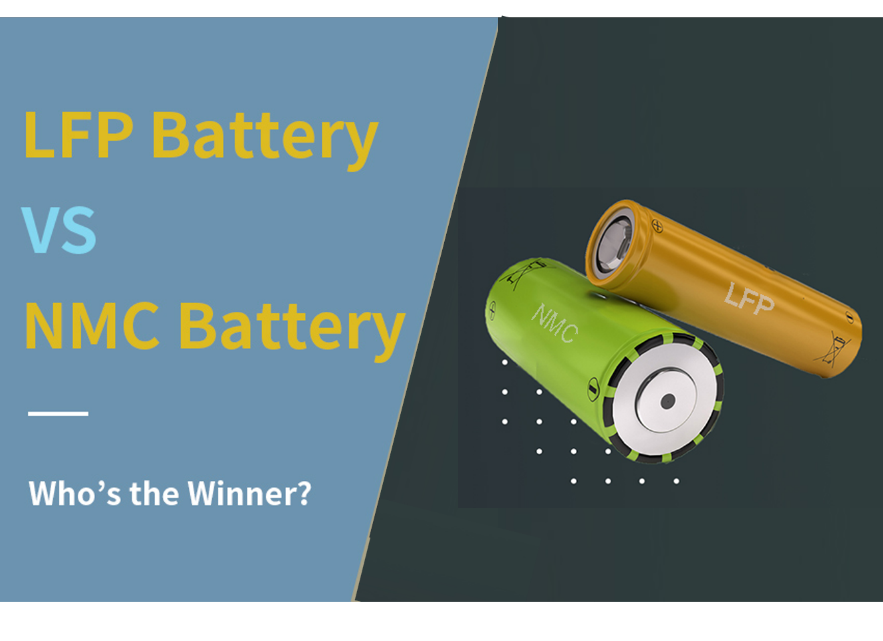The most common question we get at Green Yachts – which is a better lithium battery, NMC or LFP?
And the answer is……. Both! They each have their advantages and disadvantages, but despite the ferocious and sometimes uninformed arguments one can find online, neither is better than the other.
Unfortunately, if you were looking for a decisive, expert advise to quash all the internet and blogger debates about which is better, NMC (Nickle Manganese Cobalt, chemical equation: LiMn2O4) or (Lithium Iron Phosphate – chemical equation: LiFEPO4), you’re not going to get it here. It’s not that we are afraid of waging into a debate and offering an opinion. It’s that we believe everyone making an argument about NMC vs LFP is missing the point.
This is the third in a six-part series on lithium batteries:
-
-
- What’s Inside a Lithium-Ion battery?
-
- How is a Lithium-Ion battery different than a Lead-Acid battery?
- Which is a better Lithium-Ion battery, NMC or LFP?
- Aren’t all Battery Management Systems (BMS) the same?
- What is the future of lithium batteries?
- Beyond Lithium Ion - what’s the future of energy storage and renewable energy generation?
This blog explains the differences between NMC and LFP, the use cases for each and some examples of good NMC and LFP battery manufacturers.
|
|
NMC |
LFP |
|
Number of Cycles until energy storage declines to 80% capacity |
~1200 |
~2000 |
|
Energy Density |
200-250 Wh/kg |
100-150 Wh/kg |
|
C Rating |
2C |
1.2C |
|
Cable Distance |
<2M |
<10M |
If you pick one of these dimensions, you could try to argue that NMC or LFP is better like this example.
On the topic of cycles though, surprisingly, the number of cycles is not as important as one might think. This is because a cycle isn’t tripped unless the SOC (state of charge) drops below, depending on the battery 30-35%. In crossing the Atlantic and a full year of use taking boats to boat shows, we typically see 15-20 cycles being counted by the BMS during an 18 month period. If one modeled that out, it would take 120 years in an NMC and 200 years for an LFP to degrade to 80% capacity and neither battery will last that long before being unusable. As long as a battery is used properly, the difference in cycles shouldn’t ever be a factor. It only becomes a factor if the battery bank is too small and is frequently discharged below 30% SOC.
The energy density is the big plus in favor of NMC. Typically, an NMC battery bank weighs 30-40% less to store the same amount of kWh. For example, a 28 kWh NMC battery bank weighs 396 pounds and for LFP it is 633 pounds.
The C rating or rate at which a battery can charge and discharge is a big plus in favor of LFP. If one has an 11 kWh diesel generator on board, one would need a minimum of 22 kWh in NMC batteries (11 *2) and 13 kWh in LFP batteries (11 *1.2) for the throughput parameters to be met by each respective battery chemistry.
The other factor that can be important on boats with limited storage areas for the battery bank is that NMC batteries need to be within two meters of the propulsion system and LFP batteries can further away allowing more flexibility in where batteries are located.
In our opinion, NMC batteries are better if a boat doesn’t have a diesel generator or has a large battery bank relative to the diesel generator rated capacity and when weight is a more important consideration than cost. LFP batteries are better for vessels with a diesel generator in which a large battery bank is not desired, if there is not storage for the battery bank within six feet of the propulsion system or when cost is a more important consideration than weight.
We hope this blog puts to rest the great internet debate about NMC vs LFP. Next week, we’ll talk about what really matters for lithium batter performance and safety – the BMS.



Leave Comment